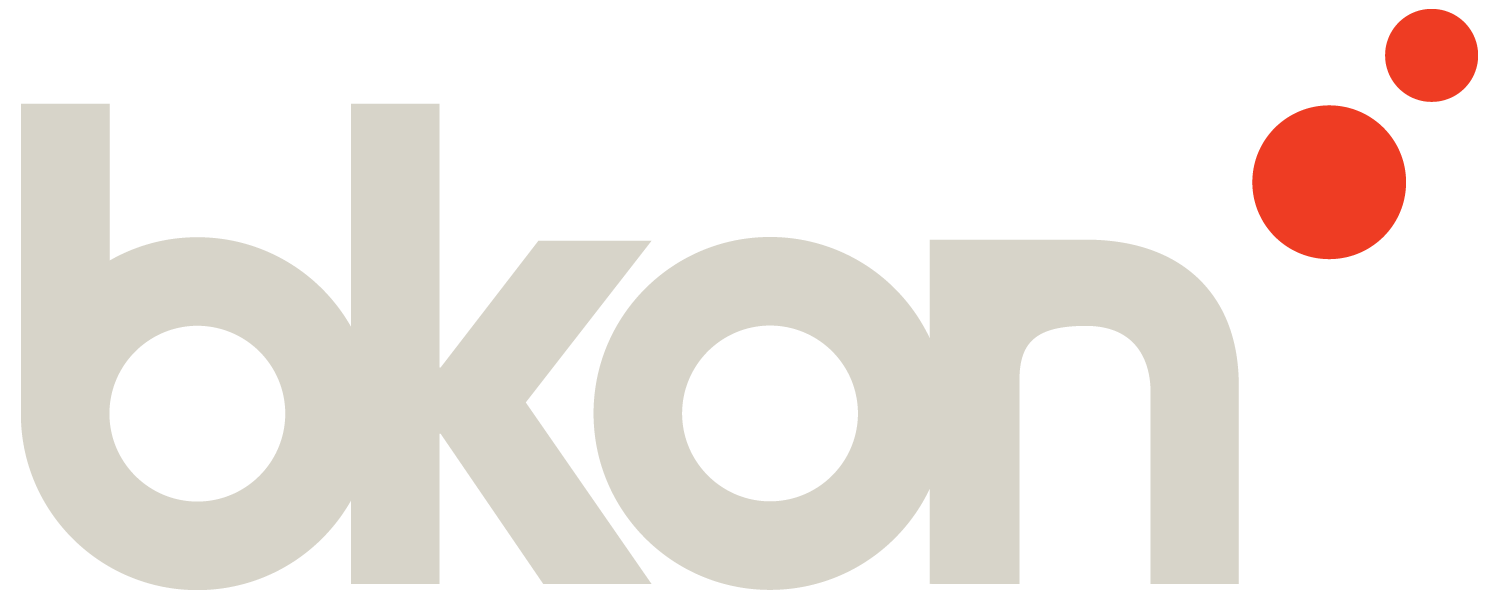For most coffee professionals, watching a barista pop open an unrefrigerated box of cold brew coffee and serve customers from it would trigger all kinds of alarm bells.
Conventional wisdom states that cold brew is best when brewed fresh and refrigerated for short periods of time. Anything that can be served off the shelf must taste utterly incomparable—right?
Despite this commonly-held belief, shelf-stable cold brew is driving the cold brew programs of respected roasters like Segafredo Zanetti, Parlor Coffee and Joe Coffee.
In this article, we’ll explore why shelf-stable is inspiring a rethinking around cold coffee freshness, flavor, and business opportunities, including…
● Why modern shelf-stable cold brew is breaking the old school rules
● The advantages coffee brands are experiencing without cold chain
● How established companies are increasing market share with shelf-stable coffee
By the end, you’ll have an insider’s look at how the cold brew industry is innovating and why this is a direction worth exploring for your brand’s cold brew program.
Why Shelf-Stable Cold Brew Hasn’t Worked Historically
Shelf-stable cold brew coffee has been around for years, but there’s a reason it never appealed to brands that prioritize quality flavor experiences: the heat treatment that sterilizes the liquid coffee and makes it shelf-stable has a striking negative impact on flavor.
Customers want to enjoy the distinguishable coffee flavor of fresh cold brew that they know and love from their favorite coffee brands, and shelf-stable historically has just not been an option for brands that consider themselves quality-conscious.
As a result, brands tend to either surrender to the cold supply chain as their only option or pursue alternatives like over diluting shelf-stable cold brew to reduce the negative impact on flavor.
What’s Different About Parlor Coffee’s Shelf-Stable Cold Brew?
If you’ve tasted the shelf-stable cold brew coffee from roasters like Parlor Coffee, Segafredo Zanetti, and Joe Coffee , you’ve no doubt noticed that it didn’t have the muted flavor we just described as standard for shelf-stable cold brew.
Instead, you’re experiencing all the flavor notes you taste with their hot coffee. Parlor’s shelf-stable cold brew tastes freshly made with notes of milk chocolate, vanilla, and melon.
Quality-focused roasters are using RAIN technology to produce shelf-stable cold brew with fresh-brewed flavor that lasts for half a year and most authentically represents their brands.
RAIN differs from traditional methods by carefully removing the air trapped in coffee particles, changing infusion process outcomes. This results in fresh brewed flavor that withstands thermal processing to deliver what you would taste on the cupping table, but as a shelf-stable product.
“It's easier and more affordable for us and for our customers to store. We can keep more on hand for that unexpected sunny day when cold brew seems to be the only drink customers want, without sacrificing quality.”
— Stephanie Dana, Parlor Coffee
For the first time, coffee brands with strict quality standards have the ability to commercialize shelf-stable cold brew options that deliver complex and nuanced flavor profiles for 180 days.
Accelerated Growth Unlocked by Shelf-Stable Cold Brew
RAIN extractions are sent to co-packers for thermal processing and packaged in shelf-stable formats like Bag-in-Box (BiB) containers. Since the finished product doesn’t require refrigeration for transit or storage, coffee roasters are free to reimagine their approach to sales and growth without the limitations of the cold supply chain.
“The doors have opened for us to get our coffee into spaces that might have otherwise been complicated by cold transportation or cold storage needs. We’ve been able to develop new and more robust coffee programs with large office spaces, distribute a consistently delicious ready-to-drink product to long-term partners outside of New York, and even explore direct-to-consumer applications.”
— Stephanie Dana, Parlor Coffee
We’ve seen roasters experience new advantages, including:
OPERATIONAL OPTIMIZATION AND CUSTOMER EASE OF USE
For restaurants, offices, and other food service establishments, cold storage is scarce. Shelf-stable cold brew requires less cold storage space which means less deliveries for coffee brands and more convenience for the operator.
LEVERAGING OF CORE DISTRIBUTION CHANNELS
Shelf-stable cold brew can be shipped or delivered the same way as dry coffee…unrefrigerated. Brands are streamlining their distribution methods, further adding to their operational optimization.
INCREASING GEOGRAPHICAL REACH THROUGH LARGE DISTRIBUTORS
Cold chain distribution is highly regionalized and expensive. The 90-day shelf life of cold chain products further complicates brands’ ability to distribute outside their region. The more time it takes to move product, the more the product shelf life is ticking away. Large distributors often require a 180+ shelf life for products. The most effective way to increase a brand's reach is through large distributors. Non-refrigerated products with longer shelf lives position brands for greater access to these distributors.
CREATING MULTI-CHANNEL CONSISTENCY
Brands are creating the same in cafe experience everywhere their cold brew is served, and wholesale customers benefit by offering the tasting experience consumers expect from a specific brand. Consumers have confidence in what they’re getting, no matter where they purchase your cold brew.
All of this is occurring while maintaining a high standard of coffee flavor and brand alignment.
Also Read: How Caffe Vita Uses Shelf-Stable Cold Brew to Access New Sales Channels
Want to Taste the RAIN Shelf-Stable Difference?
We partner with established quality-conscious coffee brands who want to explore shelf-stable cold coffee applications.
Is that you? Reach out today.


